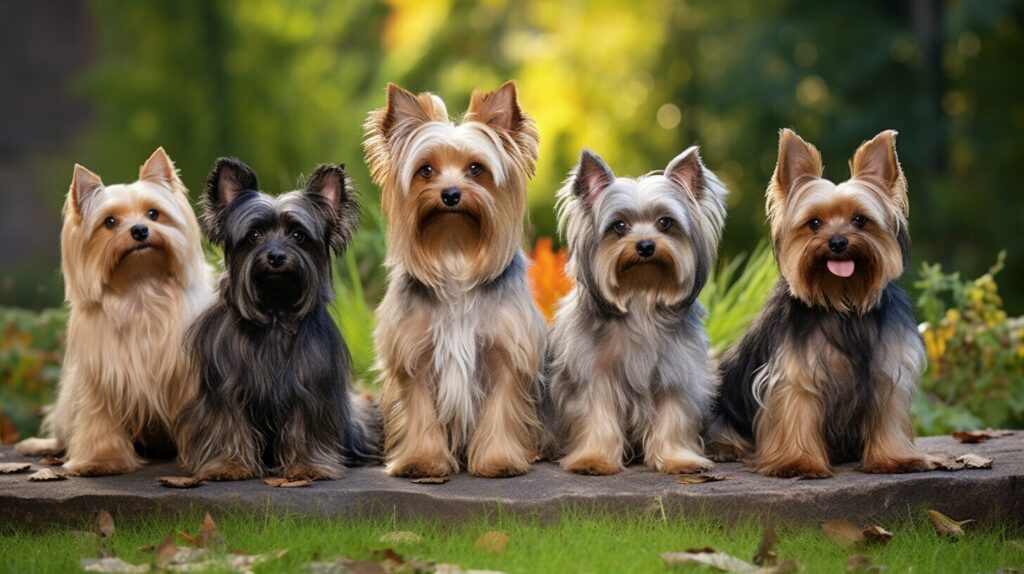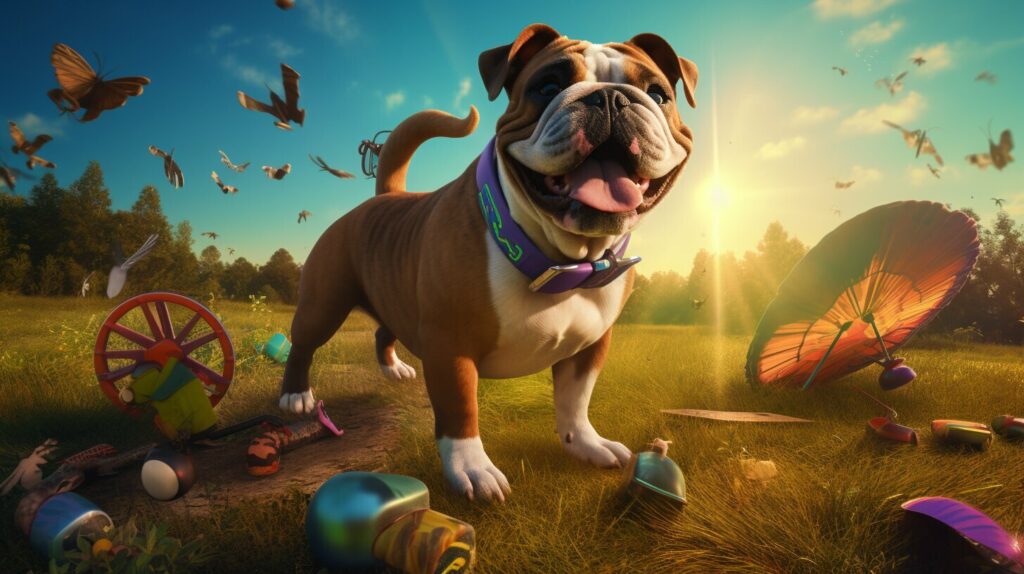Long nose dogs, also known as breeds with long noses or long-nosed dog breeds, are a unique and diverse group of canines. From the beloved Greyhound to the energetic Dachshund, long nose dogs come in many shapes and sizes, each with their own distinct personality and temperament. Understanding and caring for these breeds requires specific knowledge and attention, which is why we’ve created this comprehensive guide to help you navigate the world of long nose dogs.
Key Takeaways:
- Long nose dogs refer to breeds with elongated noses or prominent snouts.
- Understanding their unique physical features and traits is crucial for their care and well-being.
- Long nose dogs excel in various roles, from working dogs to therapy dogs.
- Adopting and rescuing these breeds can be a rewarding and fulfilling experience.
Understanding Long Nose Dog Breeds
If you’re considering adopting a dog and are intrigued by dogs with elongated noses or prominent snouts, you may want to learn more about long nose dog breeds. Understanding the specific characteristics and traits of these breeds can help you provide the best possible care for your furry friend.
Physical Characteristics
Long nose dog breeds are characterized by their elongated snouts, which can range from straight to slightly curved. These breeds also tend to have larger nostrils and a more prominent bridge of the nose. Their elongated snouts contribute to their keen sense of smell, allowing them to excel in activities such as tracking, hunting, and search and rescue. Some common long nose dog breeds include the Greyhound, Afghan Hound, and Dachshund.
Behavior and Abilities
The physical traits of long nose dog breeds also contribute to their overall behavior and abilities. For example, their keen sense of smell makes them excellent scent hounds, while their elongated snouts allow for better air intake during physical activity. These breeds are often energetic and intelligent, but may also have a stubborn streak. Proper training and exercise can help channel their energy and prevent behavioral issues.
Long nose dog breeds are also known for their agility and speed. Many of these breeds excel in sports such as lure coursing and agility competitions. Their unique abilities can also make them suitable for working roles, such as search and rescue dogs or police dogs.
Care Requirements
Long nose dog breeds have specific care requirements due to their elongated noses. Regular dental checkups and cleanings are important to prevent dental issues that may affect the nasal passages. These breeds may also be prone to respiratory issues, so it’s important to monitor their breathing during exercise and in hot weather. Grooming needs vary depending on the breed, but regular brushing and occasional trimming of the nose hairs can help prevent matting and debris buildup.
Long nose dog breeds also require proper exercise and mental stimulation to prevent boredom and destructive behaviors. Daily walks and playtime can help keep them active and healthy. Additionally, these breeds thrive on human interaction and may suffer from separation anxiety if left alone for extended periods of time.
Understanding the unique characteristics and care requirements of long nose dog breeds can help you provide the best possible care for your furry friend. With proper care and attention, these breeds can make loving and loyal companions.
Popular Long Nose Dog Breeds
Long nose dogs are known for their distinctive features, with snouts that extend beyond the average canine nose length. These breeds are often recognized for their specific abilities, skills, and temperaments. Below are some of the most popular long nose dog breeds:
| Breed | Description |
|---|---|
| Bloodhound | This breed is known for its incredible sense of smell and is often used for tracking and search and rescue missions. They also have a gentle and affectionate personality, making them great family pets. |
| Greyhound | The Greyhound is a sleek and athletic breed, often used for racing. Despite their high energy levels, they are also known for their calm demeanor and affectionate nature towards their owners. |
| Collie | The Collie is a friendly and loyal breed, often recognized for its role in popular culture, such as the beloved character Lassie. They are highly trainable and are often used as therapy dogs. |
| Dalmatian | Dalmatians are known for their unique spotted coats, but also for their high energy levels and intelligence. They are often used as working dogs, such as in firefighting. They also make great family pets due to their outgoing and playful nature. |
These are just a few examples of the many long nose dog breeds out there. Each breed has its own distinct characteristics, but they all share a unique and recognizable appearance. It’s important to research and understand each breed’s specific needs in order to provide them with the best possible care and ensure a happy and healthy life.
Caring for Long Nose Dogs
If you have a long nose dog breed as a companion, understanding their unique needs is essential for their health and wellbeing. These canines with elongated snouts require specialized care and attention to ensure their elongated noses in dog breeds are healthy and comfortable. Here are some top tips for caring for your long nose dog:
Grooming
Regular grooming is crucial for long nose dogs. Due to their elongated snouts, they are more prone to respiratory issues, and their noses require special attention to prevent infections and skin irritation. During grooming sessions, check for signs of nasal discharge, redness or inflammation, and make sure to clean their noses with a damp cloth or a specialized nasal cleaning solution. Given that their snouts are longer, their teeth may also be more susceptible to dental problems, so daily brushing is recommended.
Exercise
Long nose dogs enjoy regular exercise and mental stimulation, but avoid overexerting them, especially in hot weather. These breeds can experience breathing difficulties, particularly during intense physical activity. Consider moderate exercise and interactive games that challenge their mental and physical abilities without overtaxing their respiratory system. Always carry water and be alert to any signs of overheating or distress.
Diet
Long nose dogs have specific dietary needs due to their elongated snouts. They may have difficulty eating certain types of food that require a lot of chewing, and their snouts can also make it challenging for them to drink water. Make sure to provide them with high-quality dog food that is easy to digest and designed for their breed, and ensure they have ready access to fresh water at all times.
Potential Health Issues
Long nose dogs can be susceptible to respiratory issues due to their elongated snouts, which can cause obstruction or inflammation in their airways. They may also be more vulnerable to eye problems and dental issues. Regular check-ups with a veterinarian are essential for long nose dogs to monitor their health and address any potential issues before they become serious.
By providing proper care and attention, you can ensure your long nose dog lives a healthy and happy life. With the right grooming, exercise, diet, and medical attention, your canine companion can thrive and bring you joy for years to come.
Training Long Nose Dogs
Training your dog is essential to ensure they are well-behaved and happy. However, when it comes to long nose dogs, there are some unique characteristics that require special attention during training.
Understanding Elongated Noses in Dog Breeds
Long nose dogs, also known as canines with elongated snouts, have a heightened sense of smell. This makes them prone to distractions when out on walks or during training sessions. It’s important to understand their olfactory senses and use positive reinforcement techniques to keep their attention.
Tips for Training Long Nose Dogs
- Keep training sessions short and frequent to maintain your dog’s focus.
- Use high-value treats to reward good behavior.
- Make sure training takes place in a quiet and familiar environment.
- Use scent-based training activities that allow them to use their natural abilities, such as hide-and-seek or scent tracking games.
- Be patient and consistent with your training techniques, as long nose dogs may take longer to learn than other breeds.
Potential Challenges
Long nose dogs may have a strong prey drive, which can make them more difficult to train off-leash. It’s important to use positive reinforcement to encourage recall and make sure your dog has a secure and sturdy harness or collar while out on walks.
Additionally, some long nose breeds may have a stubborn streak. This can make them less responsive to training techniques, and may require the guidance of a professional trainer.
By understanding the unique traits and needs of long nose dogs, you can provide effective training that will help them become well-behaved and happy companions.
Long Nose Dogs in Different Roles
Long nose dogs are known for their unique physical attributes, which make them well-suited for a variety of roles and tasks. From working dogs to therapy dogs, these breeds excel in different fields thanks to their specific skills and temperaments.
One of the most common roles for long nose dogs is that of working dogs. Breeds like the Bloodhound, Basset Hound, and Beagle are known for their exceptional sense of smell, which makes them highly valued in tasks such as tracking and hunting. These breeds have been used for centuries by hunters and law enforcement agencies all over the world.
Long nose dogs have also proven to be excellent search and rescue dogs. Their keen sense of smell and ability to follow scents over long distances make them ideal for locating lost people or detecting dangerous substances. Breeds such as the German Shepherd, Belgian Malinois, and Doberman Pinscher are often used in search and rescue operations.
Another important role for long nose dogs is that of therapy dogs. Breeds such as the Greyhound and the Whippet are known for their gentle and calm demeanor, making them ideal for providing emotional support to people in hospitals, nursing homes, and other care facilities. These breeds have a natural ability to soothe and comfort people, and their presence can help reduce stress and anxiety.
Long nose dogs have also been used in other roles throughout history and across different cultures. For example, the Saluki has been treasured in the Middle East for centuries for its hunting and endurance abilities. The Basenji, known for its unique yodeling bark, is traditionally used as a hunting dog in Africa. The Chinese Shar-Pei was used as a guard dog in ancient China, and its wrinkled skin was believed to protect it from attacks.
Whether in a working or a companion role, long nose dogs are beloved for their unique attributes and skills. They bring joy, loyalty, and invaluable support to their owners and communities, making them an important part of the canine world.
Long Nose Dogs in History and Culture
Long nose dogs have played an important role in various cultures and have been depicted in art and literature throughout history. Ancient Egyptians revered the Pharaoh Hound, a breed known for its elongated snout, as a sacred animal. These dogs were often depicted in hieroglyphics and were even buried alongside their owners in tombs.
In Europe, long nose dogs were used for various purposes, including hunting and guarding. The Bloodhound, with its exceptional sense of smell, was bred in medieval England for tracking game and later became a popular breed among law enforcement agencies.
Long nose dogs have also appeared in literature, such as in the classic novel “Oliver Twist” by Charles Dickens, where the character Bill Sikes has a loyal Bull Terrier with a long snout.
These breeds have also been featured in art, both as subjects of portraits and as symbols of different cultures. The Afghan Hound, known for its long and silky coat and prominent nose, has been depicted in Persian artwork for centuries. The Saluki, another breed with a distinctively long nose, is considered a symbol of nobility in the Middle East.
The cultural significance of long nose dogs continues today, with many of these breeds still being appreciated for their beauty and unique characteristics. They remain popular choices for working roles, as well as beloved family pets.
Long Nose Dog Adoption and Rescue
If you’re interested in adopting a furry friend with a unique snout, there are various rescue organizations and shelters dedicated to helping these breeds find loving homes. Dogs with snouts, including those breeds known for long noses, often end up in shelters due to their specific care requirements and the misconception that they are difficult to care for. However, with the right knowledge and care, these breeds can make wonderful pets.
When considering adoption, it’s important to do your research on the specific breed you are interested in. Look for reputable rescue organizations or shelters that specialize in that breed and can provide information on the dog’s personality and behavior. You can also ask if they offer any training or support to ensure a successful adoption.
Adopting a long nose dog can be a rewarding experience, but it’s important to understand the responsibilities that come with pet ownership. Be prepared to invest time, effort, and love into caring for your new furry companion, and ensure you have the necessary resources to meet their specific needs.
By adopting a long nose dog, you’re not only providing a loving home to a deserving animal, but also contributing to the welfare of these unique breeds.
Conclusion
Congratulations! You have now gained a comprehensive understanding of the world of long nose dogs. You have learned about the unique characteristics and traits of these breeds, as well as their specific care requirements.
By delving into the different roles that long nose dogs excel in, you have gained an appreciation for their incredible skills and abilities. You have also explored the historical and cultural significance of these breeds, providing you with a deeper understanding of their impact.
If you are considering adopting a long nose dog, you now have the knowledge to make an informed decision. By following the guidance on training, care, and adoption, you can provide these unique and loyal companions with a loving home.
Remember, owning a long nose dog comes with both rewards and responsibilities. With dedication and care, you can experience the joys of having a faithful, four-legged friend by your side.
FAQ
Q: Are long nose dogs a specific breed?
A: No, long nose dogs refer to a physical characteristic rather than a specific breed. There are various dog breeds that have elongated noses and prominent snouts.
Q: Do long nose dogs have any specific care requirements?
A: Yes, long nose dogs may have special care needs. They may require regular grooming to keep their noses clean and free from debris. It’s also important to provide them with proper exercise routines and monitor their oral health.
Q: Are long nose dogs more prone to certain health issues?
A: Some long nose dog breeds may be more susceptible to respiratory issues or dental problems due to the structure of their snouts. Regular veterinarian check-ups and proper dental care are essential for their overall well-being.
Q: Can long nose dogs be easily trained?
A: While every dog is unique, long nose dogs are generally intelligent and trainable. However, they may have specific behavioral tendencies that require tailored training techniques. Patience, consistency, and positive reinforcement are key when training these breeds.
Q: Are long nose dogs suitable for families with children?
A: Long nose dogs can be great companions for families with children. However, it’s important to consider their specific temperament and energy levels. Some long nose breeds may be more suitable for families with older children who can handle their size and energy.
Q: Can long nose dogs be aggressive?
A: Aggression in dogs can be influenced by various factors, including breeding, socialization, and individual temperament. While some long nose breeds may have protective instincts, proper training and socialization can help mitigate aggressive behaviors.
Q: Are long nose dogs good for allergy sufferers?
A: Long nose dogs can still produce allergens, such as dander and saliva, which can trigger allergies in sensitive individuals. However, some people with allergies may find that certain long nose breeds cause fewer allergic reactions compared to others. It’s recommended to spend time with the dog to assess individual sensitivity before making a decision.
Q: How can I find a long nose dog for adoption?
A: You can start by researching local rescue organizations and shelters that specialize in long nose dog breeds. They often have long nose dogs available for adoption. Additionally, online platforms and breed-specific rescue groups can also be helpful in finding your perfect companion.
Q: Where can I learn more about long nose dog breeds?
A: There are various resources available to learn more about long nose dog breeds. You can consult breed-specific websites, books, and reputable dog organizations for in-depth information. Additionally, reaching out to experienced breeders or owners of long nose dogs can provide valuable insights and firsthand experiences.



